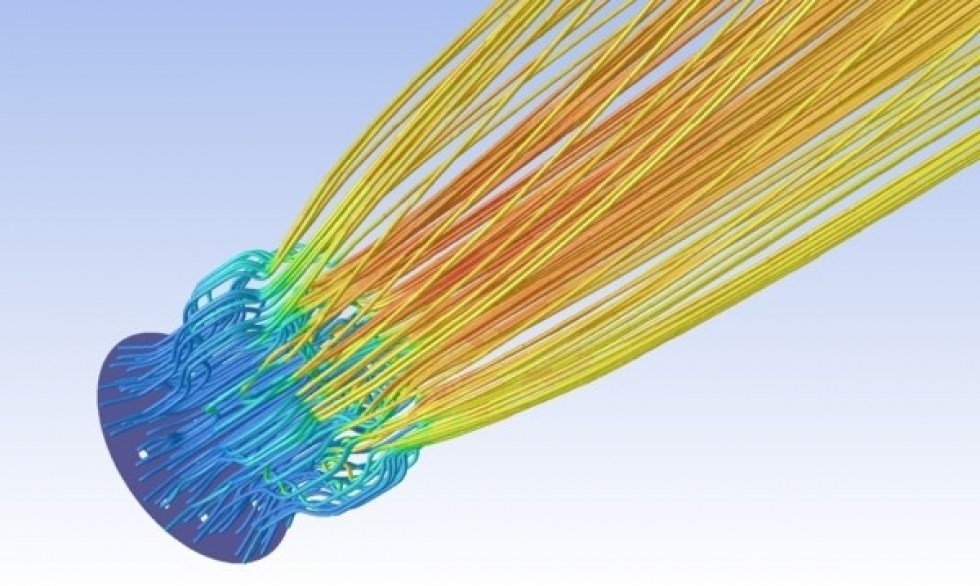
Important dates:
| 01.02.2015 | Registration start |
| 01.06.2015 | Deadline for Abstract Submission |
| 01.07.2015 | Deadline for Date of Acceptance |
| 31.07.2015 | Early Registration Deadline |
| 20.08.2015 | Deadline for camera ready Manuscript Submission |
| 01.09.2015 | Deadline for Registration |
| 27.09. - 01.10.2015:ISTP 26 | |
prof.dr.habil.ing. MINEA ALINA ADRIANA
A review on uncertainties on thermophysical properties for few metallic oxide water based nanofluids
*Minea Alina Adriana1
1Technical University “Gheorghe Asachi” from Iasi, Romania
*aminea@tuiasi.ro

Abstract:
Nanofluid is a solid–liquid mixture which consists of nanoparticles and a base liquid. Nanoparticles are basically metal (Cu, Ni, Al, etc.), oxides (Al2O3, TiO2, CuO, SiO2,Fe2O3,Fe3O4, BaTiO3, etc.) and some other compounds (SiC, CaCO3, graphene, etc.) and base fluids usually include water, ethylene glycol, propylene glycol, engine oil, etc. Conventional fluids such as ethylene glycol (EG), water and oil have poor heat transfer properties but their vast applications in power generation, chemical processes, heating and cooling processes, electronics and other micro-sized applications make the re-processing of those thermo fluids to have better heat transfer properties quite essential. Recently, it has been shown that the addition of solid nanoparticles to various fluids can increase the thermal conductivity, density, and can influence the viscosity of the suspensions by tens of percent. Thermophysical properties of nanofluids were shown dependent on the particle material, shape, size, concentration, the type of the base fluid, and other additives.
Therefore, a comprehensive analysis has been performed to evaluate the thermophysical properties of nanofluids due to variations of nanoparticle volume concentration. Three metallic oxides, aluminum oxide (Al2O3), copper oxide (CuO) and titanium dioxide (TiO2), dispersed in water as the base fluid have been studied. Actually, it is shown that no model is able to predict the thermophysical properties of nanofluids precisely in a broad range of nanoparticle volume fraction. The reason that all the reports about particle size effects are not in accordance with each other might be due to the fact that the thermal properties of these new classes of fluids not only depends on particle size but also on other factors. Besides if the nanofluids are not well-dispersed, then agglomeration would occur, and consequently it would be difficult to measure the nanoparticle size and its effects on the properties of a particular nanofluid. As a conclusion, the results indicated that further work is needed due to a large uncertainty in termophysical properties method of estimation.










